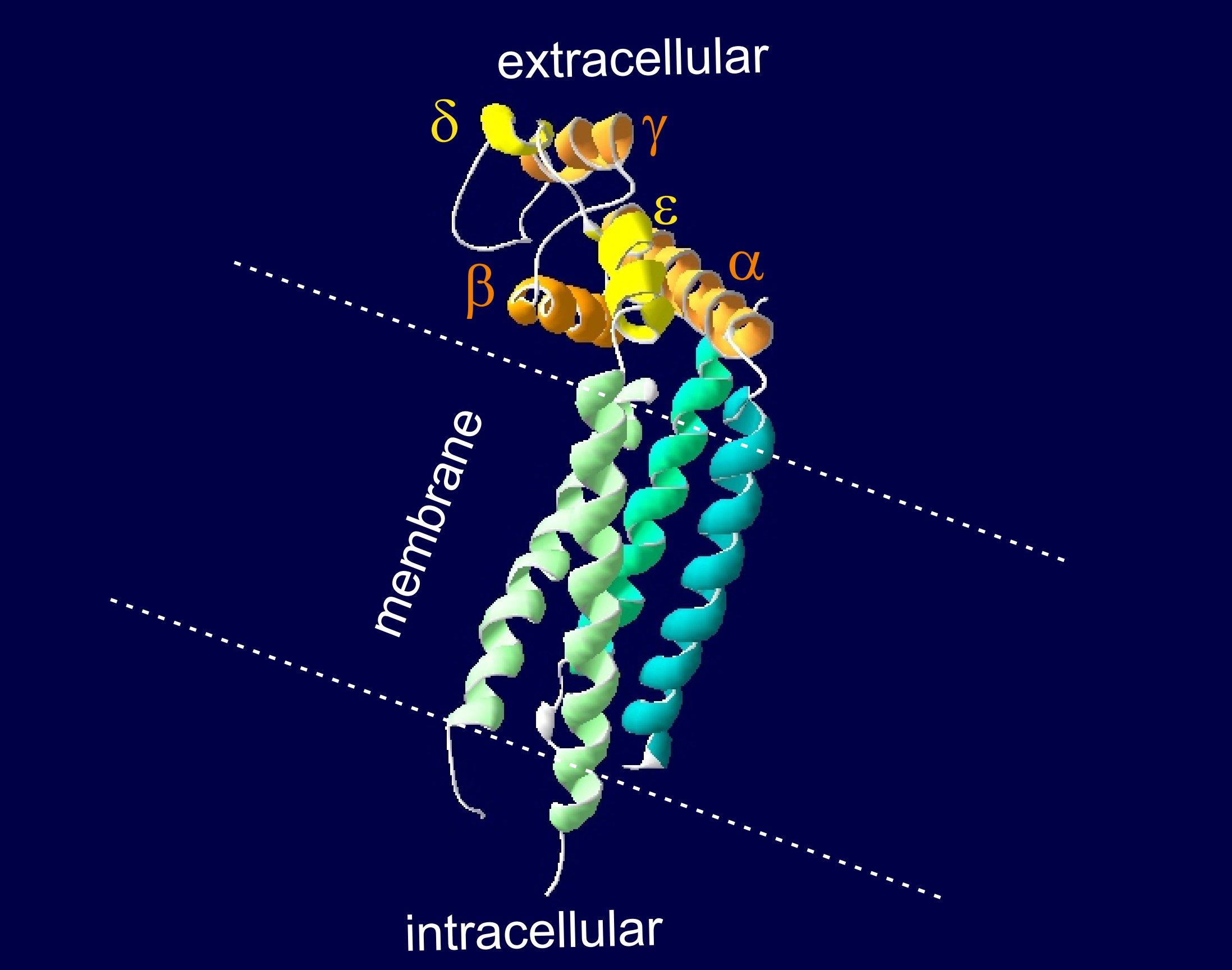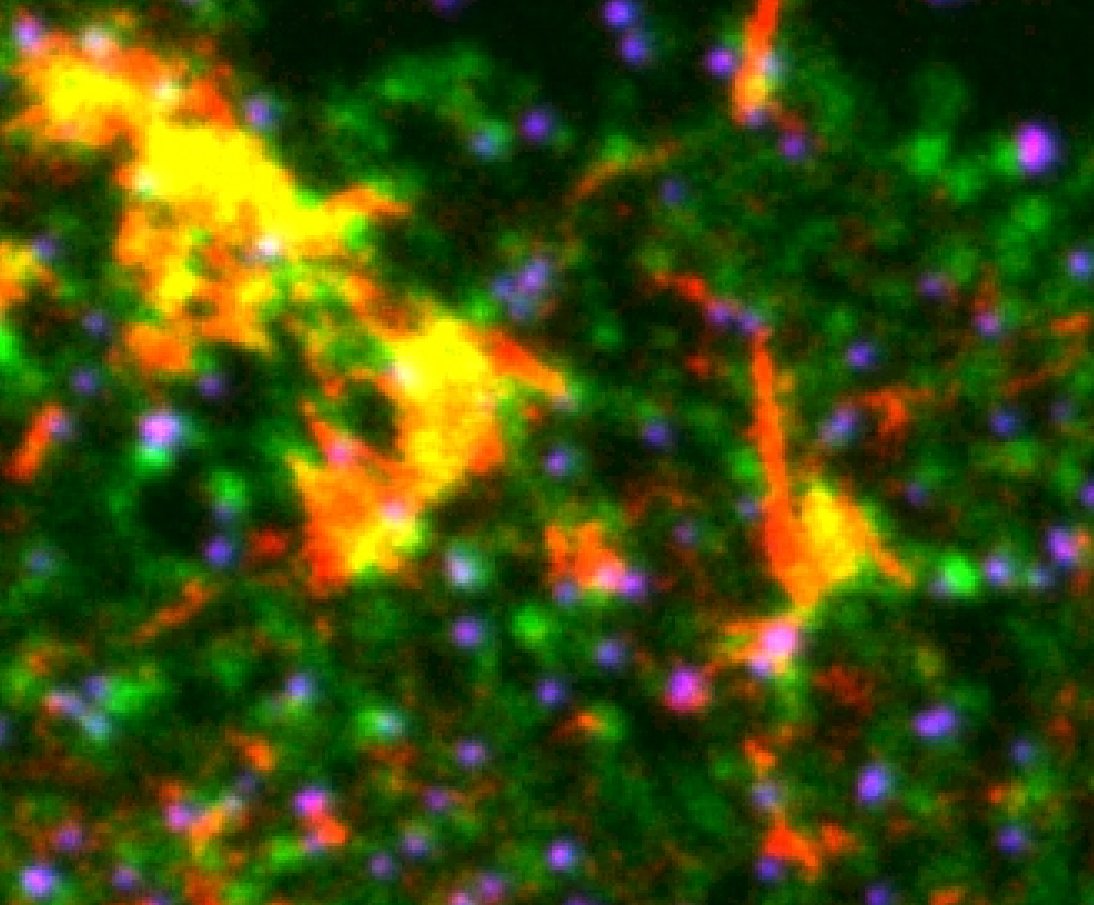Research focus
Our main research focus lies in the field of tetraspanins. Tetraspanins are small membrane proteins with an extracellular domain which is membrane anchored via a bundle of four transmembrane segments (Figure 1). The human genome encodes for 33 tetraspanins of which many are still relatively unexplored. Tetraspanins act by forming so called tetraspanin enriched microdomains (TEMs; see Figure 2); this process – according to the current model – includes three levels of interactions. TEMs are involved in a variety of biological processes like cell adhesion, cell-cell fusion, immune responses, migration, proliferation, signaling, and cell spreading. Additionally, they play a role in diseases as well. These include cancer, neurodegeneration and infectious diseases caused by viruses, bacteria and protozoa.
Many questions in the tetraspanin field are still unanswered (Lang und Hochheimer, Current Biology, 2020). We are particularly interested in the process of TEM formation, the structural variability of tetraspanins and the function of tetraspanins in viral infection; here, they play a role in viral entry and intracellular transport (Figure 2).






